New Bridge Should Be Named the Franklin and Eleanor Roosevelt Bridge
|by Stefan Lonce and M.H. Fryburg| (Guest Commentary)
 We think that the new Tappan Zee Bridge should be named the FRANKLIN AND ELEANOR ROOSEVELT BRIDGE, to honor the Hudson Valley natives who were the two most important and influential 20th century Americans.
We think that the new Tappan Zee Bridge should be named the FRANKLIN AND ELEANOR ROOSEVELT BRIDGE, to honor the Hudson Valley natives who were the two most important and influential 20th century Americans.
That’s why the 4 A BETTER WESTCHESTER + NYS ASSOCIATION, INC., a nonprofit we co-founded, hired Arnold Linhardt, a successful lobbyist, who persuaded Assemblywoman Ellen Jaffee (D-Rockland) and State Senator George Latimer (D-Westchester) to introduce the FRANKLIN AND ELEANOR ROOSEVELT BRIDGE bills (A 8255 and S 5865).
We now must persuade Governor Cuomo and New York State Senators and Assembly-members to support the FRANKLIN AND ELEANOR ROOSEVELT BRIDGE bills. Although Franklin and Eleanor Roosevelt were true political partners, there is nothing in the U.S.A. that is named after both of them.
In 1910, FDR was elected to the New York State Senate, where he served until he was appointed Assistant Secretary of the Navy in 1913. In 1920, the Democrats nominated FDR for Vice President; although the Cox-Roosevelt ticket lost in a landslide, FDR still had bright political prospects until polio paralyzed him on August 10, 1921, when he was 39. He never walked, unassisted, again.
In FDR’s time, a “cripple” couldn’t get elected to any political office, so FDR spent the three years after he was paralyzed by polio struggling, futilely, to learn to walk again.
In 1924, FDR learned about Warm Springs, Georgia, where the 89 degree mineral-laden natural spring waters are so buoyant that paralyzed polio patients could walk in pools filled with that miraculous water. In Warm Springs, FDR learned how to “walk,” by wearing leg braces, while grabbing a companion’s arm, and designed hand controls that enabled him to drive.
Driving gave FDR confidence and hope, and allowed him to disguise his disability, which enabled him to win election as New York’s Governor in 1928 and as President in 1932.
When President Roosevelt was inaugurated on March 4, 1933, the banks were closed because there was no deposit insurance and panicked Americans were withdrawing their deposits. On March 9, 1933, FDR signed the Emergency Banking Act, which authorized the U.S. Government to inspect the banks’ books, close the insolvent banks, and reopen the surviving banks.
On March 12, 1933, FDR gave his first radio “Fireside Chat,” when he told Americans, “It is safer to keep your money in a reopened bank than under the mattress.” It worked! When the banks reopened, deposits exceeded withdrawals.
With Eleanor Roosevelt’s help, FDR’s New Deal gave Americans laws establishing a federal minimum wage, the 40 hour workweek, and unemployment insurance; other laws recognized workers’ rights to unionize and required honesty in the sales of stocks and bonds.
The Civilian Conservation Corps planted 3 billion trees; a huge public works program built highways, bridges, airports, parks, schools and government buildings. On August 14, 1935, FDR signed the Social Security Act, establishing a government owned and operated insurer which provides guaranteed old age, survivors and disability benefits.
On September 1, 1939, WWII began when Nazi Germany invaded Poland. If FDR had not been President in 1939 and 1940, when he rearmed America and helped Britain survive, then Hitler almost certainly would have won the war. Franklin and Eleanor Roosevelt provided the inspired leadership that united Americans behind the war effort.
Although the Mid-Hudson Bridge in Poughkeepsie (58 miles north of the Tappan Zee) is formally named after FDR, everyone – including the NYS Bridge Authority, which owns it – still calls it the “Mid-Hudson Bridge,” so it would not be confused with our proposed FRANKLIN AND ELEANOR ROOSEVELT BRIDGE.
Read or leave a comment on this story...
 Print
Print







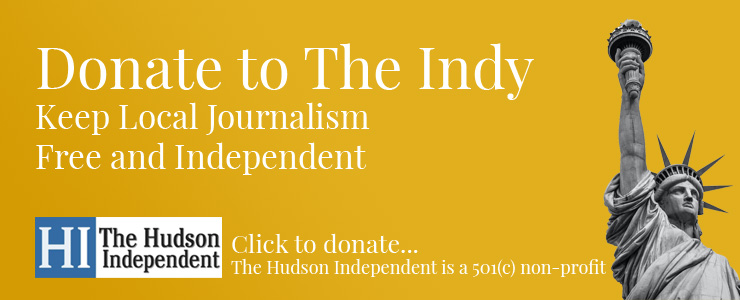

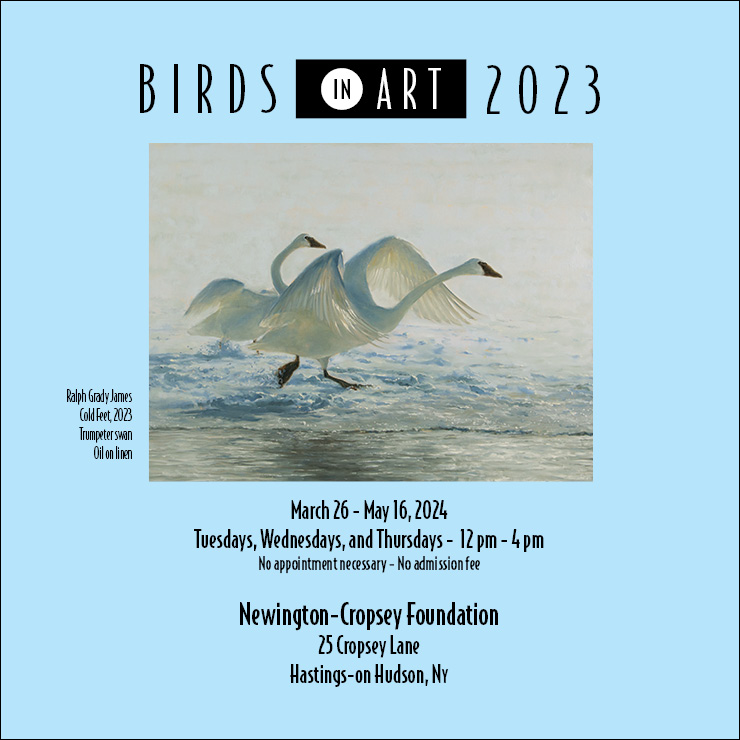



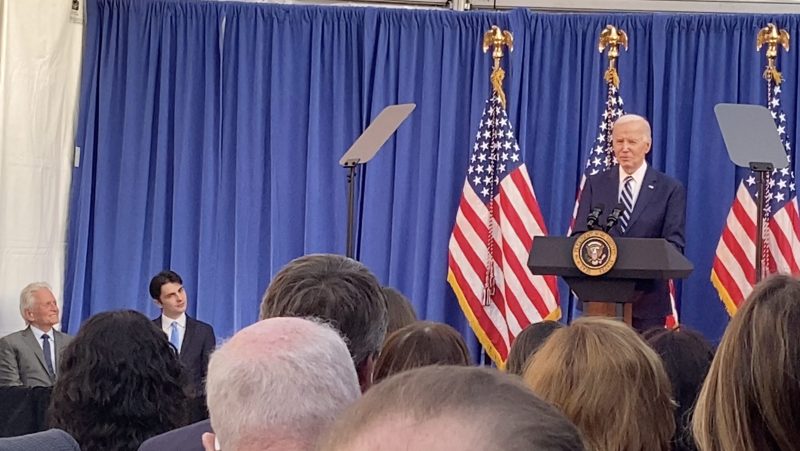
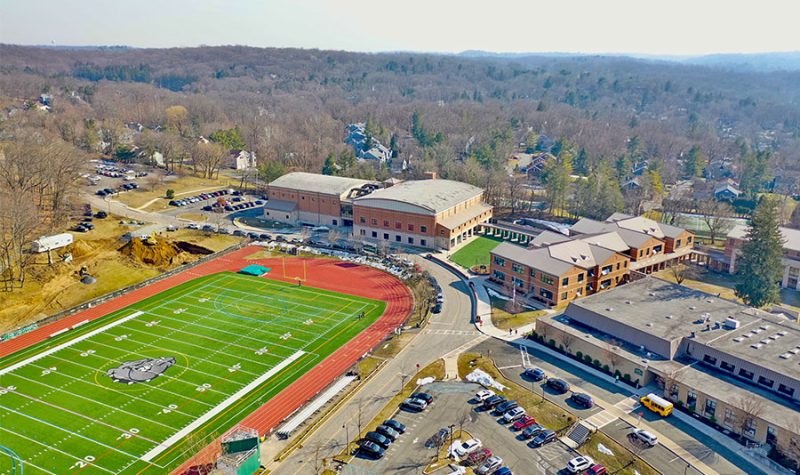


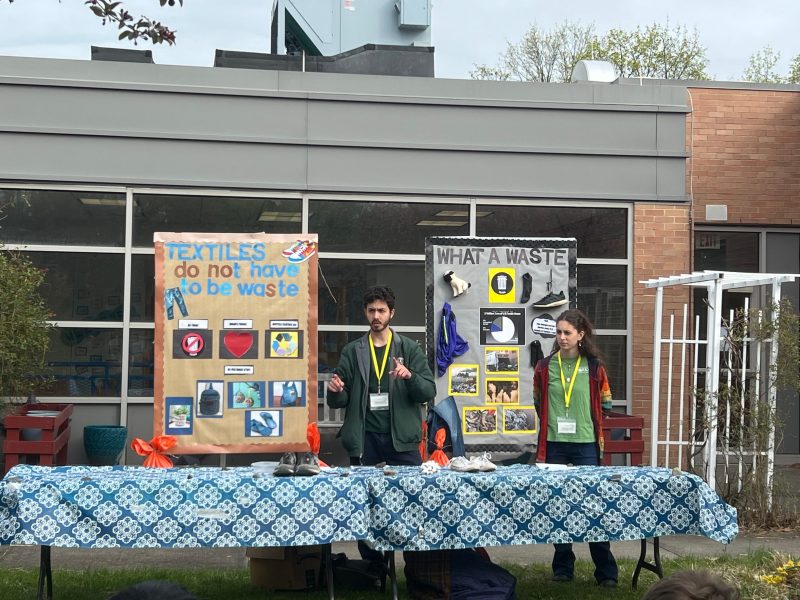
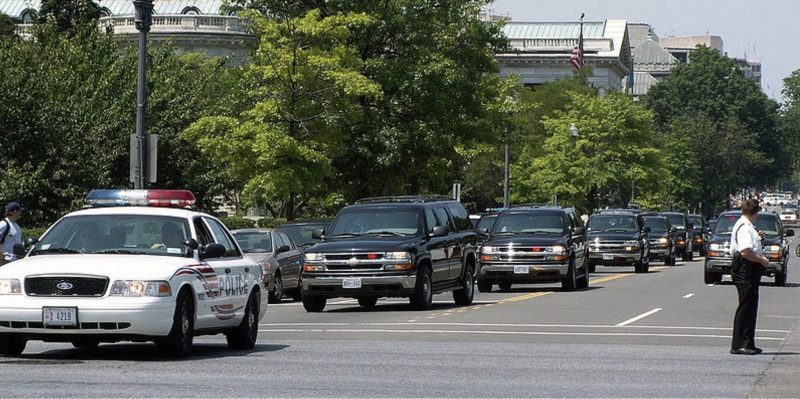

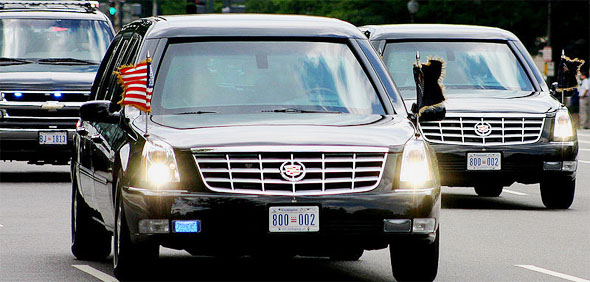
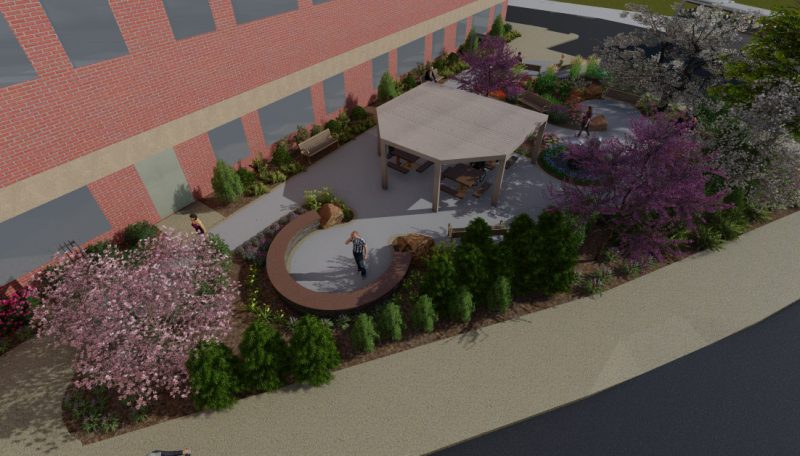
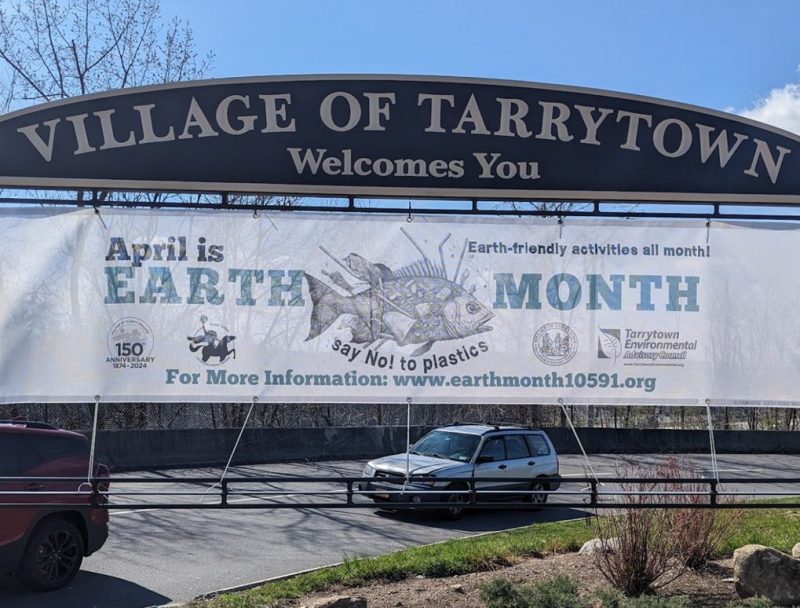




One thought on “New Bridge Should Be Named the Franklin and Eleanor Roosevelt Bridge”
Sorry, comments are closed.